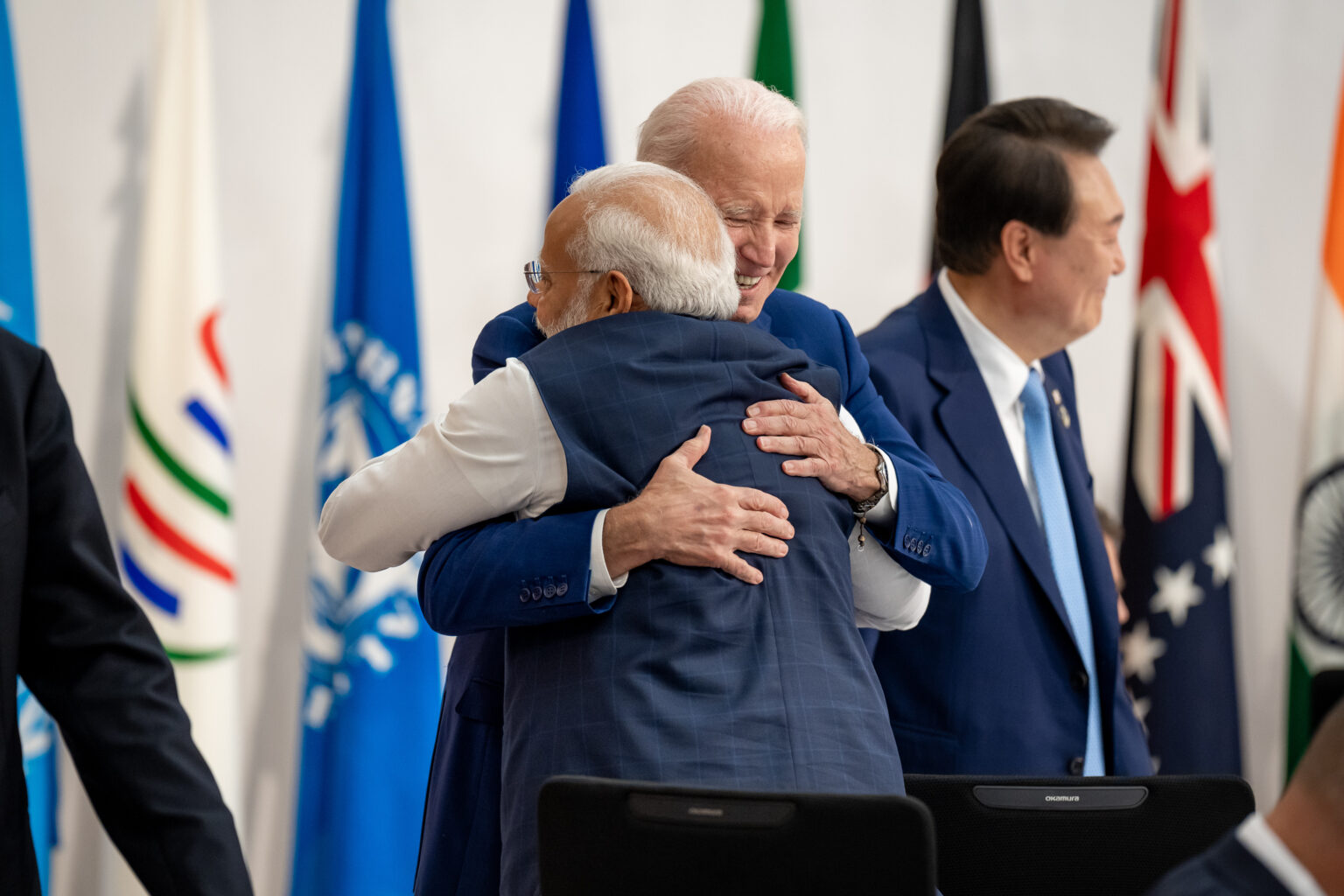India and the United States have forged a relationship that spans diplomacy, defense, trade, and culture, evolving into one of the defining partnerships of the 21st century. This alliance is shaping regional and global dynamics as India’s emerging huge market takes the center stage in this global dance.
Srivatsa Krishna an IAS Officer says “Both the Republicans and Democrats see India as a valued civilisational ally and a strategic partner over many years, and an astonishing waltz is on.” He highlights how the Prime Minister of India is the only person after Winston Churchill and Nelson Mandela, who addressed the U.S. Congress, twice. This must be the recognition the US bestows to its greatest of friends.
“There is some self interest behind every friendship. There is no friendship without self interests. This is a bitter Truth” ― Chanakya
Past: From a Relationship forged in Crisis to one of Mutual Benefit
The journey of India-US relations began with cautious engagement during the Cold War era, marked by periods of alignment and divergence. The nuclear tests of 1998 strained ties but also spurred a reassessment, leading to closer cooperation in defense and technology. The then Indian Prime Minister , Atal Bihari Vajpayee expressed India’s position to President Bill Clinton, “We have an overt nuclear weapon state on our borders, a state which committed armed aggression against India in 1962,” he said. “Although our relations with Pakistan have improved, an atmosphere of distrust persists mainly due to the unresolved border problem.”
In September 2008, the Nuclear Suppliers’ Group waiver to the Indo-US nuclear deal came through.The landmark agreement underscored a new era of strategic trust, paving the way for deeper economic integration and joint ventures in sectors like defense and space exploration. The then Prime Minister, Dr. Manmohan Singh noted “the end of India’s decades long isolation from the nuclear mainstream and technology denial regime”
Present: Navigating a Complex Global Landscape
In the present day, India and the US find themselves at the intersection of geopolitical shifts.India is a vibrant democracy and also a counterweight to China in the Indo-Pacific. Former Foreign Secretary Shyam Saran referred to the defense agreements that have been signed to provide the legal framework for enhanced interaction and exchange of information between US and Indian militaries.
The Logistics Exchange Memorandum of Agreement (LEMOA, 2016); Communications Compatibility and Security Agreement (COMCASA, 2018); and Basic Exchange and Cooperation Agreement (BECA, 2020) are some instances of the same.
The resurgence of Russia and China as assertive global players presents challenges, with both nations influencing regional stability and economic dynamics. The Indo-Pacific region has emerged as a focal point, where India and the US collaborate to uphold maritime security, promote trade, and maintain a rules-based international order.
Russia and China Dynamics: Balancing Act in Diplomacy
While enough strategic trust has been built over time for the two countries, there have been challenges in their divergent approaches towards Russia. Historical ties between Russia and India remain strong, and evolving global dynamics necessitate careful diplomatic navigation. The US, recognizing India’s strategic autonomy, has sought to bolster defense partnerships while acknowledging India’s historical and ongoing engagements with Moscow. Even though the Ukraine war has put up a great strain on the world, the Indian PM’s remark “today’s era is not of war “ comes as a reassurance of peace to the US. Simultaneously, both nations cooperate on global issues such as climate change and counterterrorism.
China’s rapid economic rise and assertive foreign policy have prompted India and the US to deepen their strategic cooperation as both countries acknowledge Beijing as a threat and rival. The US exiting from Afghanistan, China’s stature in the region has risen. Both Washington and New Delhi are noticing the ambition and confidence behind China’s efforts at making peace between Saudi and Iran or Israel and Palestine or even Russia and Ukraine.
The Quad grouping and 12U2 formats show a greater US India convergence approach, keeping Russia and China announced no-limits ties.
Way Forward: Strengthening Cooperation in Key Areas
Looking ahead, the trajectory of India-US relations is poised for further growth across multiple fronts. Economically, initiatives like the Quad and the Build Back Better World (B3W) partnership signal joint efforts to invest in infrastructure and promote sustainable development in the Indo-Pacific and beyond. Technologically, collaborations in artificial intelligence, cybersecurity, and space exploration promise breakthroughs that benefit both nations.
Culturally, educational exchanges and people-to-people ties continue to foster understanding and goodwill. Strategic dialogues on climate change, healthcare, and pandemic preparedness underscore shared global responsibilities.
Conclusion
India and the United States have transcended historical challenges to build a robust partnership that serves as a pillar of stability in an uncertain world. As both nations navigate the complexities of a multipolar global order, their collaboration in defense, diplomacy, and development will shape the contours of international relations in the decades to come. With a commitment to democratic values, innovation, and inclusive growth, India-US relations are not just a partnership but a beacon of hope for a prosperous and secure future.

1 Comment
Very informative ????